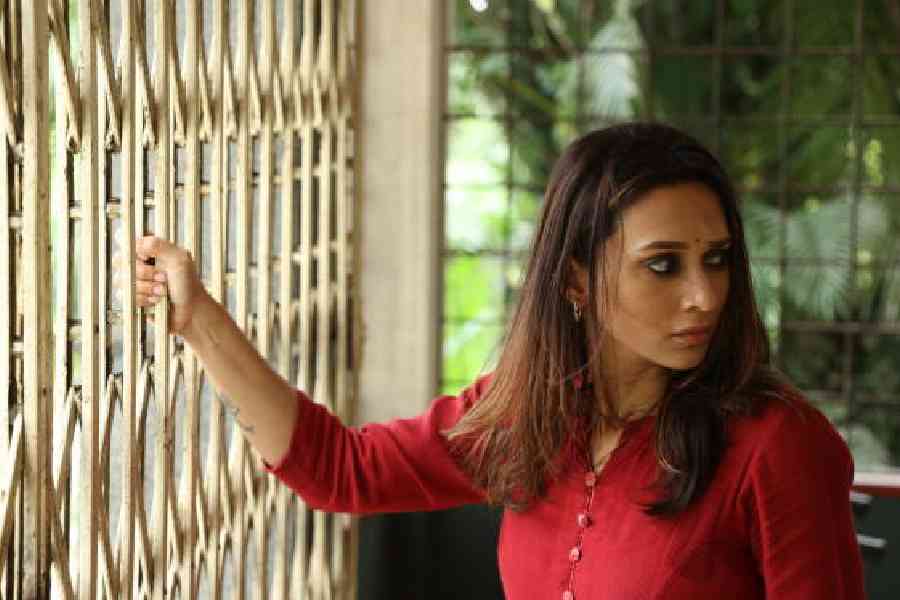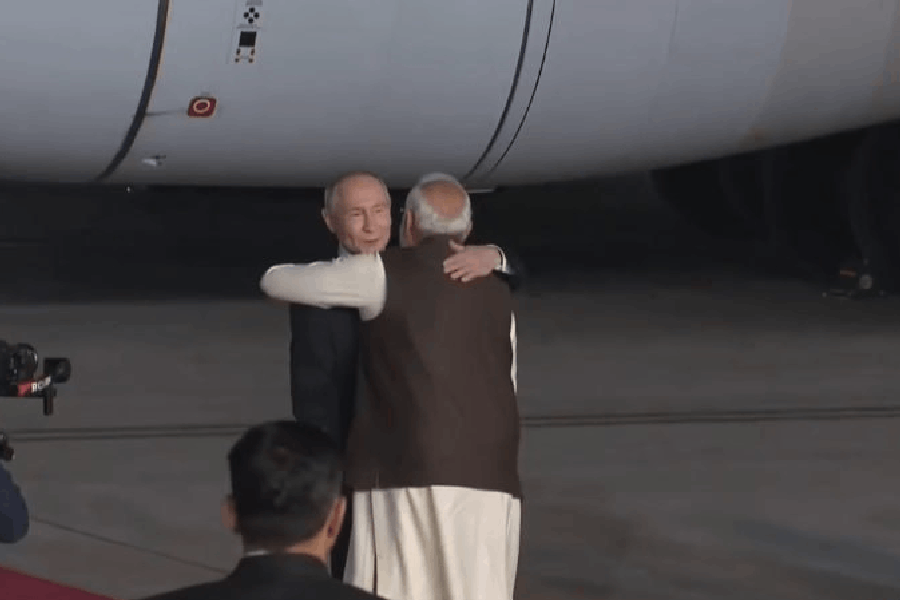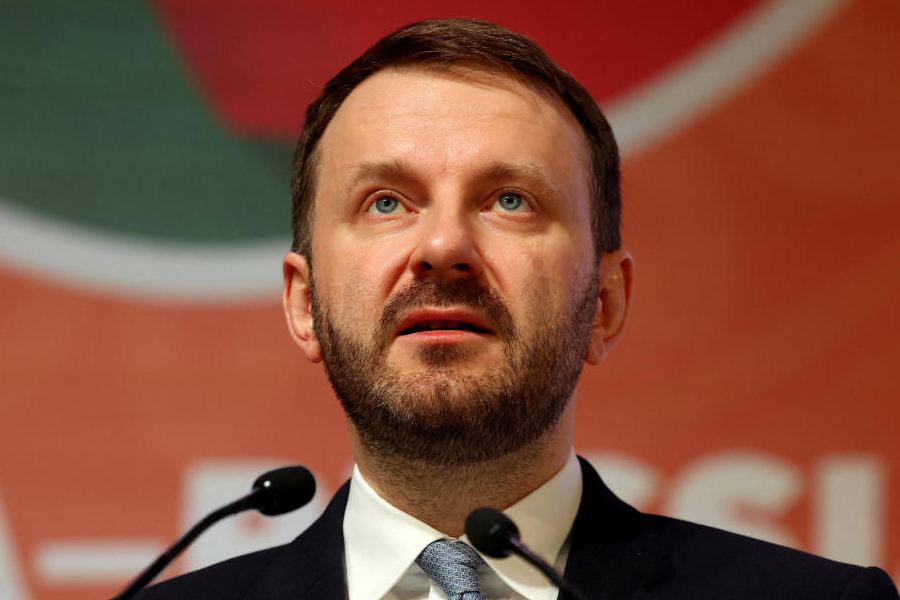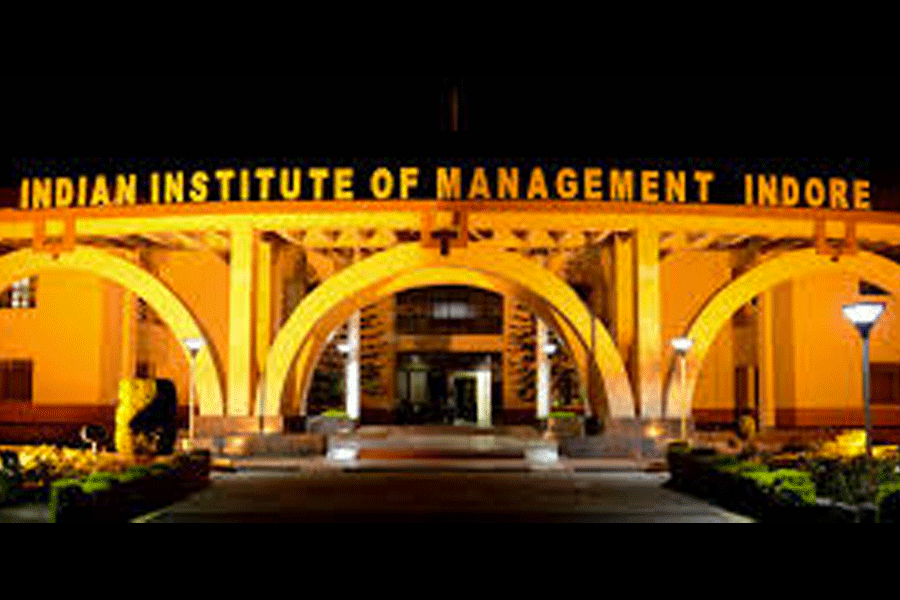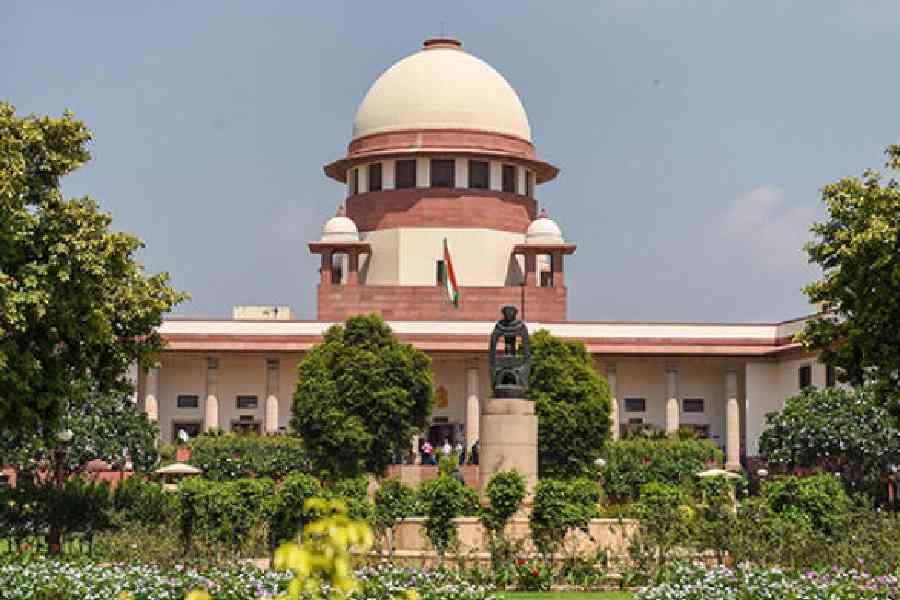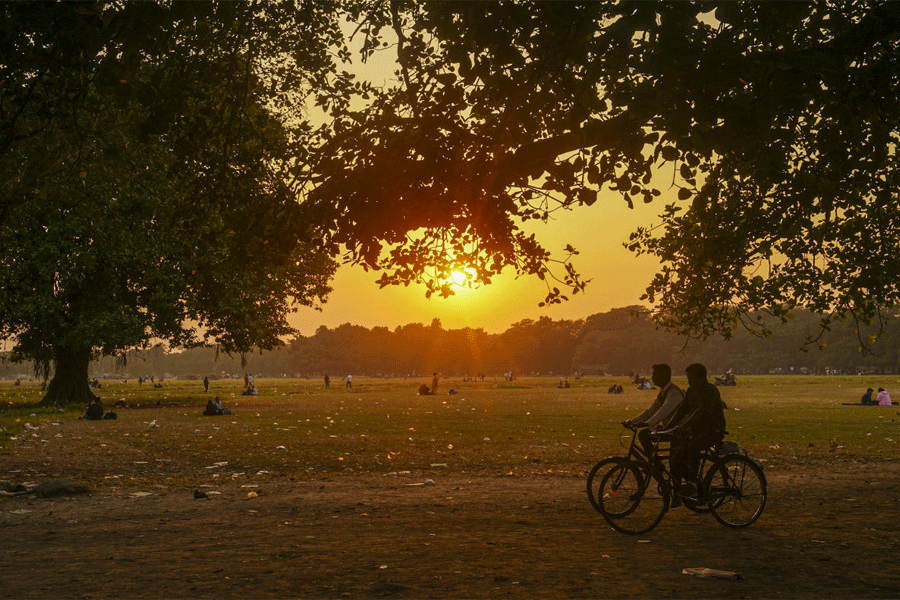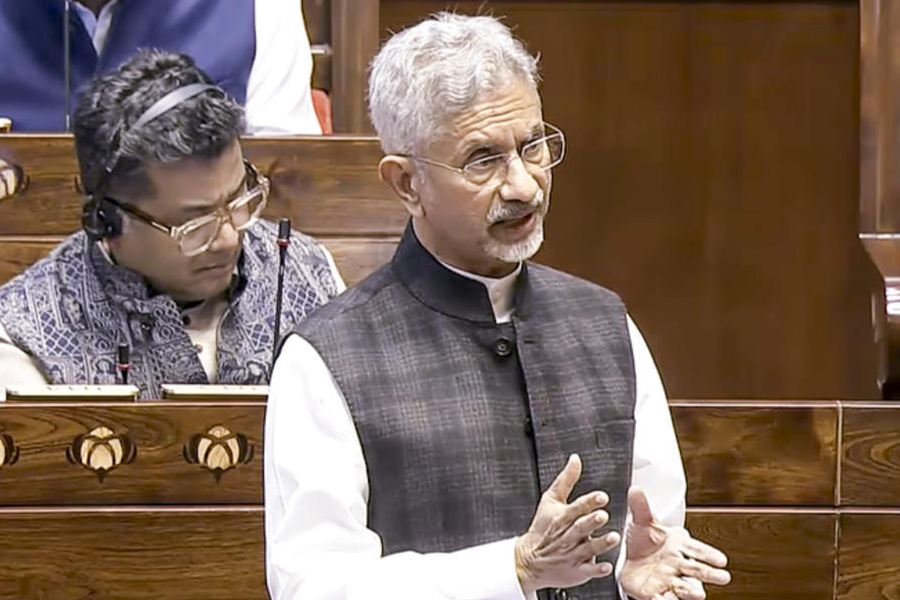The rat is as big as your fear wants it to be.” Wise words from a dying mother to her two daughters, which help galvanise many years later the final resurgence of our battered protagonist. By then she knows where all the rats are in the barn and her shrinking fear has made the rats smaller and smaller.
As someone who has always championed original stories for the screen, big or small, I found the new series, Dainee, from a new storyteller, Nirjhar Mitra, refreshing and radical. The show, currently streaming on Hoichoi, is likely to have been born out of sporadic news stories of tribal and village women in remote parts of our country being branded as “witches” and then getting killed off. Sometimes even by their kin.
Nirjhar and his co-writers (Shayak Roy and Nilanjan Chakraborty) use this germ of an idea and turn it into an unrelenting journey through superstition, patriarchy, and the unbreakable bond between two sisters. Blending survival thriller with social horror, Dainee unspools a tale that grips you by the throat and refuses to let go.
The story follows Pata (Mimi Chakraborty), a woman who returns from abroad after years of separation to reunite with her sister, Lata (Koushani Mukhopadhyay Zanjeen). But instead of a joyous homecoming, she arrives in the village of Khuniabari, somewhere in north Bengal, just in time to witness Lata being publicly flogged by villagers, accused of witchcraft by the ruthless village chieftain Bhim Kumar Maheli aka Jaanguru (Biswajit Das).
Too much of a coincidence, you’d say? Better to start with one rather than run into one later. In fact, the moment when Lata is about to be burnt alive is when the first episode ends, perfectly setting up the rest of the six-episode series.
Second episode onwards, the series shifts into an edge-of-the-seat survival drama as Pata fights to protect Lata, rushing her to the village health centre — only to soon find themselves surrounded by the chieftain and his men, trapped in an unforgiving world where reason holds no power against fear.
Dainee operates in three timelines. Besides the current timeline, we have the sepia-washed flashbacks where we see Lata and Pata as small kids navigating life amidst a dictatorial father (Sudip Mukherjee) and an ailing mother. And then those snatches in Khuniabari where a newlywed Lata catches the evil eyes of Jaanguru and is soon branded the “dainee” who needs to be eliminated for the village’s well-being.
It’s difficult to keep the pace and stakes high in a single-location survival thriller for 100-odd minutes, so the creators wisely switch to more of a psychological chess match. The locked gates of the health centre become both a physical and symbolic barrier, with both sides using every tool at their disposal. The chieftain has numbers and, of course, the fear he has instilled in the village for decades. Pata, outnumbered and outgunned, has something just as powerful — desperation, intelligence, and the knowledge that the kindness in humans can still be weaponised. Like the driver and the doctor and the nurses.
What follows is a tense series of negotiations where family members are used as bargaining chips. Team Pata is able to get hold of the chieftain’s wild son and sedate him inside the clinic. In retaliation, the villagers bring down the doctor’s wife, forcing him to decide which side he wants to play for. The chieftain’s pregnant sister is also used by both parties. The battles aren’t fought with fists and guns, at least not always — they’re fought with psychological pressure, shifting alliances, and the slow unraveling of long-held secrets.
The beating heart of Dainee lies in the powerhouse performances of its two central forces — Mimi, who delivers a career-defining turn as Pata, and Biswajit Das, whose chilling portrayal of the village chieftain cements him as one of the most formidable antagonists in recent memory.
Mimi’s performance is a masterclass in controlled intensity. As a woman thrust from the relative comfort of city life into a brutal world where logic holds no power, she navigates every moment with a desperate yet calculated energy. From the sheer terror of witnessing her sister’s public flogging to the steel-nerved determination she summons inside the besieged health clinic, Mimi brings a raw, lived-in authenticity to the role. She is neither an action hero nor a helpless victim; instead, she plays Pata as an intelligent, emotionally-driven survivor — one who learns, adapts, and uses every weapon at her disposal. Her face alone tells a story — every silent scream, every trembling breath, every flicker of defiance makes her performance utterly riveting.
On the other side of the collapsible gates, Biswajit Das’s performance as the village chieftain is a study in quiet terror, an enforcer of traditions, a master of coercion who understands power better than anyone. And nothing encapsulates his menace more than that grin — a slow, knowing smirk that drips with condescension and cruelty. Unlike villains who rage and bellow, Das exerts control through unsettling stillness, his power radiating not from brute force but from the psychological noose he tightens around his victims. Every time he smiles, it feels like a promise of something worse to come. Das’s ability to weaponise something as simple as a grin makes his performance unforgettable. It turns him into a spectre of control and domination.
The camera in Dainee (by Turja Ghosh) moves like a silent participant in the unfolding nightmare. It doesn’t merely observe; it stalks, lingers, and reacts, making the audience feel as though they are trapped alongside those in the clinic. The cinematography is not just capturing the story but actively shaping its psychological impact, making every glance, every breath, and every unspoken threat feel inescapably real.
The editing (by Subhajit Singha) refuses to rely on quick cuts for cheap thrills; instead, it lets the tension simmer, allowing scenes to breathe just long enough before slicing into the next moment like a sharpened blade. Complementing the visuals and edit is a hauntingly immersive score (by Mainak Mazoomdar) that never overwhelms but lingers in the background, burrowing under the skin.
Finally, it’s Nirjhar’s commanding vision that makes Dainee a deeply immersive, multi-layered experience. It’s his grip on tone, pacing, and atmosphere that makes every element work in perfect unison. In what is one of his first major fictional works, the writer-director understands restraint, knowing exactly when to hold back and when to strike. And rather than force-feeding emotions, he lets the weight of superstition, power, and resistance settle on the audience naturally.
It’s crucial that we go out there and tell our own stories. If we don’t, who will? Nirjhar and his team are able to do just that, and do that while keeping the engagement factor really high, not letting you click that forward button or look up that Insta reel. Dainee is more than just a thriller; it’s a powerful social commentary on how regressive traditions continue to claim lives, even one quarter into the 21st century. It’s a haunting reminder that sometimes, the most terrifying monsters are not supernatural, but human.

